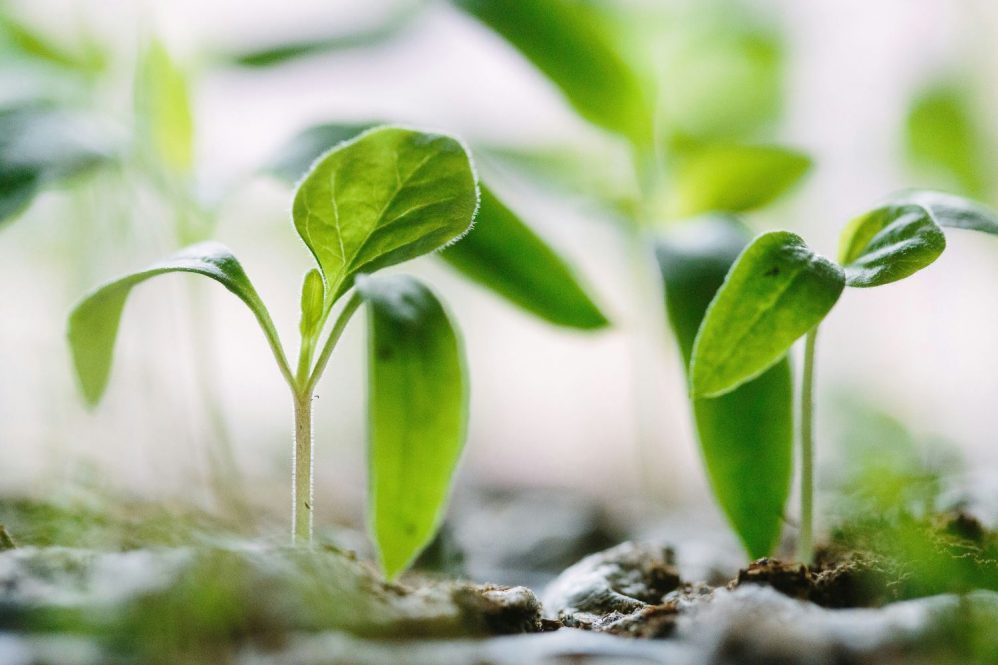Stem cell research is a hot topic. With applications for a host of human medical advancements, researchers have been working with animal and human stem cells for years.
But animals aren’t the only ones with stem cells.
Huanzhong Wang, professor of plant molecular biology in the College of Agriculture, Health and Natural Resources (CAHNR), wants people to know that plants have stem cells too. Just like in the medical world, plant stem cells could support human growth and development when used to improve the food supply.
“It’s not just humans and animals,” Wang says. “Plants have stem cells too, and we should be paying attention to them.”
In their roots, shoots, and vasculature, stem cells control cell division and differentiation for plants. Plant stem cells play a vital role in growth and development.
“Plants can grow for many, many years because different types of stem cells basically ensure they can grow up in the air and deep into the ground,” Wang says. “To grow a thicker stem or trunk, they need another type of stem cell.”
Plant stem cells have largely been overlooked because they don’t have applications for human biomedical research. But that doesn’t make them any less fascinating. And Wang has demonstrated that better understanding how these cells work can support a more resilient food supply.
Wang’s lab has been working with plant stem cells for years trying to understand how they control their stem cells, specifically the stem cells that give rise to vascular bundles – the structures that carry water and other nutrients throughout the plant.
Recently the group published a paper in New Phytologist that sheds light on this question.
Wang’s lab discovered a transcription factor gene called HVA that controls cell division in vascular stem cells.
When this gene is overexpressed, the researchers observed an increase in the number of vascular bundles and overall stem cell activity.
The researchers compared plants with no overexpression of HVA gene, those with one copy of overexpressed HVA gene and one regular gene, and finally plants with two copies of overexpressed HVA genes.
In the group with no overexpression, the plants had five to eight vascular bundles. In the plants with one copy of overexpressed HVA gene, they had more than 20 bundles, and with two copies of overexpressed HVA genes they had more than 50.
Aside from advancing science’s understanding of how plants work, Wang’s findings have important implications for agriculture.
Plants with more vascular bundles are stronger and more resistant to wind. This knowledge could be used to intentionally generate sturdier cultivars with the overexpression mutation.
This is especially relevant for tall, slender crops like corn, the biggest crop for the U.S.
“When plants grow taller, there is a risk that they could topple over,” Wang says. “Having more vascular bundles ensures the plant can stand still and resist those conditions.”
Even though Wang’s lab conducted the study using a model organism in the mustard family, the HVA gene is found in other plants as well, making this research broadly applicable.
HVA is one of hundreds of transcription factors in a large family in the plant’s genome. Wang is interested in discovering what some of the other genes in this family do.
“We are interested in studying other closely related genes to find out their function,” Wang says. “It will be interesting to study further how this gene family affects vascular development.
This work relates to CAHNR’s Strategic Vision area focused on Ensuring a Vibrant and Sustainable Agricultural Industry and Food Supply.
Follow UConn CAHNR on social media



